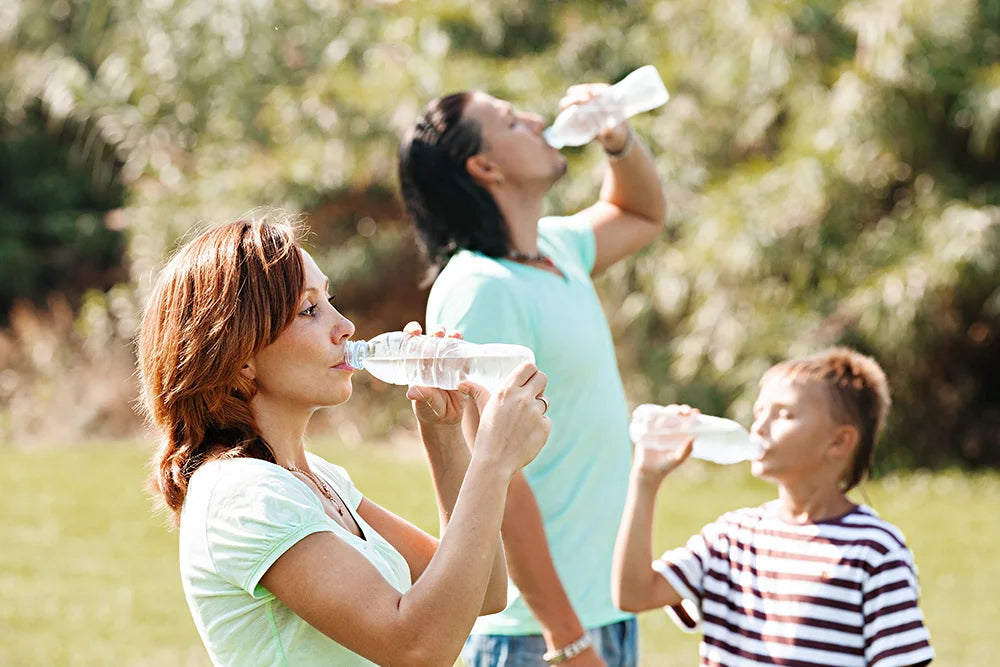
The Hydration Olympics: Which Country Drinks the Most Water (and Why)?
Welcome to the Hydration Olympics, where there are no gold medals—just sparkling clear glasses of H₂O and bragging rights for the most water-hungry nations. Staying hydrated is a universal human need, but not all countries sip the same. Some nations practically guzzle water, while others take a more modest approach. So, which country drinks the most water—and why? Let’s dive into the leaderboard and uncover what’s driving global hydration habits.
What do we mean by "drinking the most water"?

Before we crown the hydration champions, let’s clarify the game's rules. When we say “drinks the most water,” we’re talking about daily per capita drinking water consumption—not overall water use, which includes everything from agriculture to industry. We’re focusing on the water people drink—tap, bottled, or filtered at home.
Most data comes from global health organizations, industry reports (like Statista or Euromonitor), and national health surveys. It’s important to note that definitions and data collection methods may vary, but the trends remain consistent.
Top hydration champions: countries that drink the most water
Here are five nations that take their hydration seriously—and top the charts in drinking water consumption:
🥇 Mexico
Mexico consistently ranks near the top in drinking water consumption per capita. Why? Trust in tap water is low, so bottled water is a daily staple. From large jugs (garrafones) to small bottles sold on street corners, clean water access in Mexico is often bottled—and consumed in large amounts, especially in hot climates.
🥈 Italy
In Italy, water isn’t just hydration—it’s a tradition. Italians are passionate about bottled mineral water, often preferring it over tap. Whether still or sparkling, water accompanies most meals, and there’s a strong cultural attachment to regional water brands with unique mineral compositions.
🥉 Germany
Germans love their sparkling water—so much that it’s often the default when you ask for water in a restaurant. Health awareness, strict purity standards, and a strong bottle recycling system contribute to Germany’s high water consumption.
United States
The U.S. ranks high thanks to health trends, fitness culture, and massive bottled water consumption. Americans are increasingly choosing water over sugary drinks, and the boom in reusable bottles, filtered water pitchers, and water reminder water bottle keeps the flow going.
France or the United Arab Emirates (UAE)
Depending on the data year, either France or the UAE rounds out the top five. France mirrors Italy’s love for mineral water, while the UAE’s extremely hot climate and limited fresh water sources drive high bottled water use year-round.
Why do these countries lead in water consumption?
So what do the top contenders have in common? Several factors come into play:
🌡️ Climate
Hot and dry countries (like Mexico and the UAE) naturally increase thirst and hydration needs. Higher temperatures---higher water intake.
🧬 Culture
In some countries, water isn’t just a beverage—it’s part of the culture. Italians and Germans, for example, enjoy water as part of their culinary identity.
🚰 Tap water trust
Bottled water has become the norm in regions where tap water isn’t safe or trusted. This significantly increases overall water consumption per person.
🏋️ Health awareness
Nations with strong wellness trends tend to prioritize hydration. Americans and Germans, influenced by fitness and health campaigns, are drinking more water than ever.
🏛️ Public policy
Some governments promote hydration through public campaigns, school policies, and improved access to clean drinking water.
Countries with lower water consumption ----- and why?
At the other end of the spectrum, countries in parts of Asia and Africa often report lower drinking water consumption. This isn’t necessarily by choice. Common reasons include:
- Lack of access to clean water sources.
- Cultural preferences for tea, juices, or other beverages.
- Cooler climates where people feel less thirsty.
In some regions, water intake isn’t tracked as closely, and water may be consumed primarily through food and traditional drinks rather than by glass.
What we can learn from global water-drinking habits

Every country’s hydration story reveals something deeper about health, culture, environment, and trust. Whether sipping sparkling water at a Parisian café or refilling a reusable bottle from a purifier in New York, hydration habits reflect lifestyle choices and local challenges.
We can all take cues from hydration leaders:
- Stay informed about the quality of your local tap water.
- Embrace reusable bottles and eco-friendly filters.
- Pay attention to your body’s hydration signals.
- Make water your go-to beverage—no matter where you live.
Conclusion
So, who won the gold medal at the Hydration Olympics? It depends on how you define victory—by volume, health outcomes, or sustainability. Mexico may drink bottled water most, but Italy celebrates mineral water as a tradition. The U.S. is riding a health-driven water wave, and Germany fizzes with its sparkling obsession.
One thing’s for sure: staying hydrated is a global goal worth raising a glass to. Follow WaterH to find more tips for staying well-hydrated.














